Welcome to Southampton, a city that deserves to be rediscovered. We are located in the south of England, directly opposite Wright Island. The city port is located on a peninsula between the mouths of the Test and Itchen rivers and is one of the largest in the world. Until the 1930s, it was the busiest port in England for transatlantic passenger flights, which were built at local shipyards.
Hundreds of thousands of emigrants left the country on ships sailing from here, including the Titanic. And several monuments and a museum are dedicated to the tragic history of the ocean liner. This is a place that looks not only into the past but also into the future. You will also find modern neighborhoods, an art gallery, and a creative atmosphere with the opportunity to spend a pleasant evening in quaint pubs.
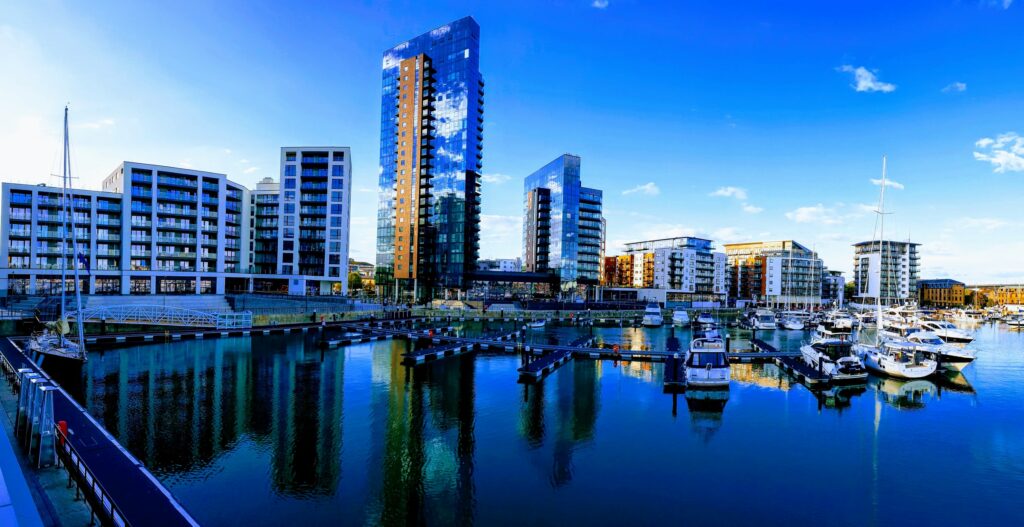
Discover the main attractions of Southampton: from the historic center to the most modern areas, enjoy a trip in complete relaxation!
Old Town
This is the richest part of the story and offers. On the other hand, such famous people as Henry V, Shakespeare, and Jane Austen passed through the streets of Southampton. The old Town will become a treasure chest full of surprises. Here you will find monuments, a drum tower, and buildings that will tell you about its past. The first encounter with the city will take place thanks to the impressive gate, which was once the main gate to the ancient fortress city. It was built in Norman times and is characterized by a statue of George III, depicted in Roman dress.
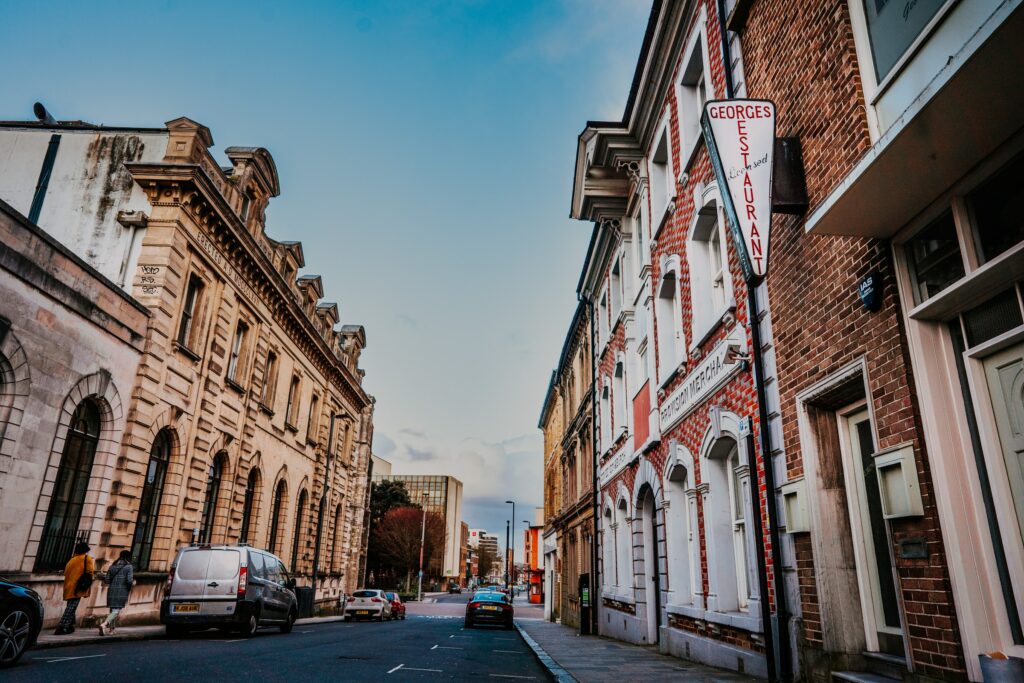
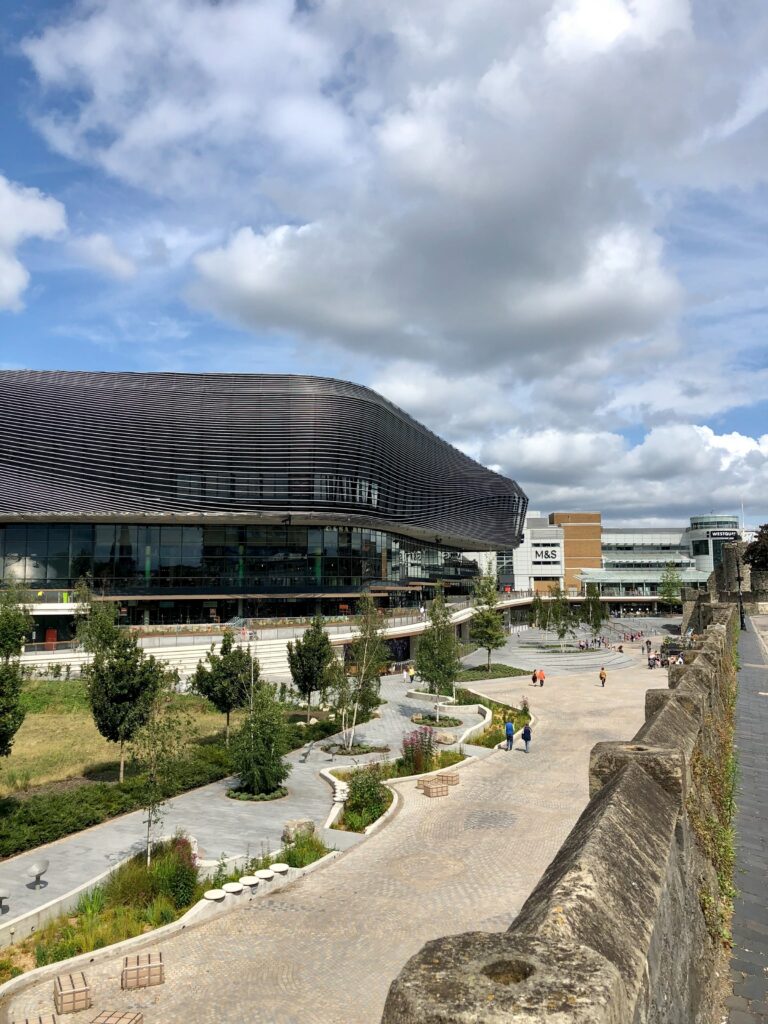
It is an ideal starting point for your walk (and it is also convenient as it is 15 minutes from the train station). You will be greeted by the High Street with its bars, where you can enjoy a hearty breakfast. After reinforcement, you can go in search of historical houses and the most interesting places.
Tudor House
Any tour of the center of Southampton cannot be separated from the Tudor House. In this residence, which has been renovated with great care, you will immediately return to the past and get to the 1400s, although, in truth, the garden and some parts of the house belong to an even earlier era. The house, located on Mikhailovskaya Square, was built for a wealthy merchant family. Inside there are everyday objects of that time, as well as colored glass panels. Visitors will enjoy the reconstructed kitchens, as well as numerous artifacts, including Georgian and Victorian jewelry and archaeological finds from the Middle Ages and the Tudor era.
The small museum also features reviews of the Victorian and Edwardian eras, as well as periodic exhibitions covering over 900 years of local history. After visiting the house, you will have the opportunity to look into a fancy cafeteria where you can drink English tea and taste cakes. Don’t miss the last relaxing walk in the ornamental gardens that are located at the back of the house. There is also a small shop where you can buy souvenirs, and fun and in-depth events are organized.
St. Michael’s Church
This is the only surviving medieval church in the city (in ancient times there were 5). Its history begins in 1100, and it still houses Norman relics and a special baptismal font made of black Tournai marble dating back to 1200. The tower is one of the oldest and most important sights of the city, as it dates back to 1070. The structure of the church has undergone several reconstructions and additions over the years, starting with chapels on the sides of its aisles.
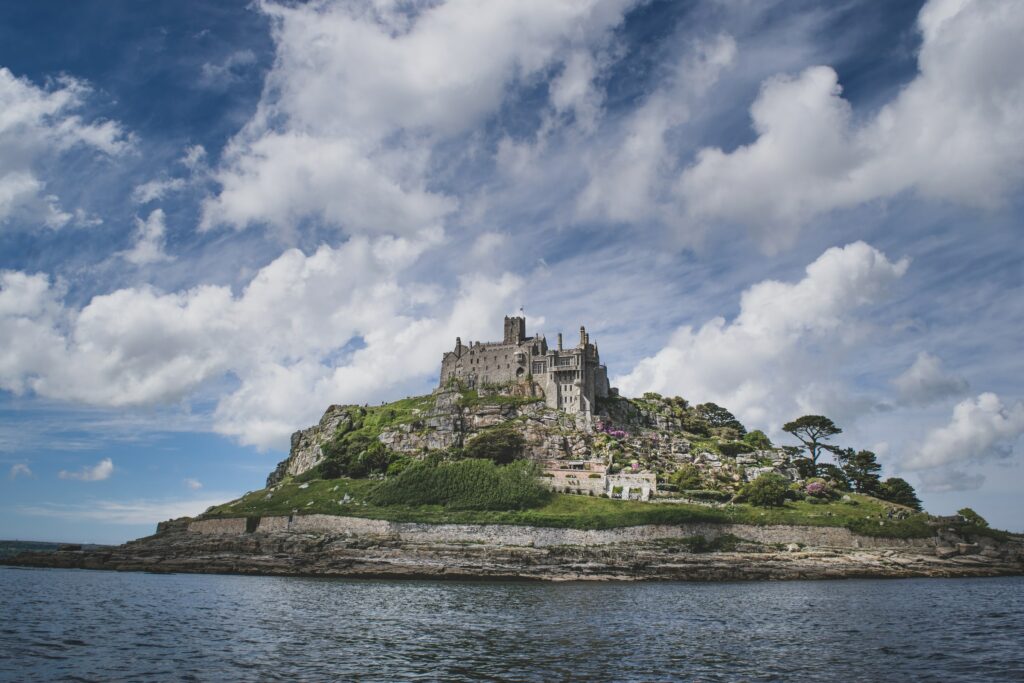
Part of the structure was completely rebuilt in 1900 when the walls were raised and the current roof was built. The window facing the east side has also been redone, replacing the original one dating from 1400. The religious building is located in the eastern part of the square of the same name (St. Michael’s). Originally, a traditional fish market was set up here.
Sea city Museum
The museum was created to perpetuate the memory of the tragedy of the Titanic and its passengers and was opened on the occasion of the 100th anniversary of its inauguration and its shipwreck on April 15, 1912. The structure occupies what was the ancient courtyard of Southampton, one of the most important building complexes of the 1930s in the south of England and the first “community center” in the UK. The project was carried out by British architects Wilkinson and Eyre. As a maritime city with a long port history, this part of Southampton’s identity is in the past and present.
The new project aimed to increase the expressive power of what existed by attaching a pavilion that was a novelty. The main entrance leads to the center of the old Magistrate’s court, where a red wall tries to revive the hull of the Titanic, and a glass window frames the view of the bridge. The classrooms were converted into an exhibition hall, and the old cells were used as services. The permanent collection is dedicated to demonstrating the importance of the city as a historical entry point and hub for British ships.
Titanic Trail
One of the ways to understand the connection of the Titanic with the city is to walk along the path leading to various points filled with meaning (one might say, the road inside the story). After you take the card from the tourist office, your tour begins. One of the first stops, of course, is the monument to the engineers of the Titanic. Opened in April 1914, this memorial allows us to remember all the engineers who died on board the Titanic.
The monument, made of granite and bronze, is a kind of collective tribute. What stands out for its importance is, of course, the Bronze Nike, which almost seeks to protect under its wings two sculptors representing engineers from the Titanic crew, all of whom died during the shipwreck. Nearby there is another monument dedicated to the musicians who died during the terrible death of an ocean liner. In any case, this is a good way to visit the museums and sights of the city. And if fatigue takes over, there are several clubs or pubs where you can take a break.
Netley Abbey
We are located in Netley, a village about forty kilometers from Southampton. Here, in a charming landscape, are the ruins of the abbey. The abbey was founded in 1239 as a home for Catholic monks of the Cistercian order. The religious were known for the generous hospitality they extended to travelers by land and by sea. In 1536, the abbey was taken over by Henry VIII, and the buildings were thus transferred to William Paulet, a wealthy Tudor politician, who turned them into a palace. The abbey was used as a country house until the beginning of the eighteenth century, after which it was abandoned and partially demolished to obtain building materials.
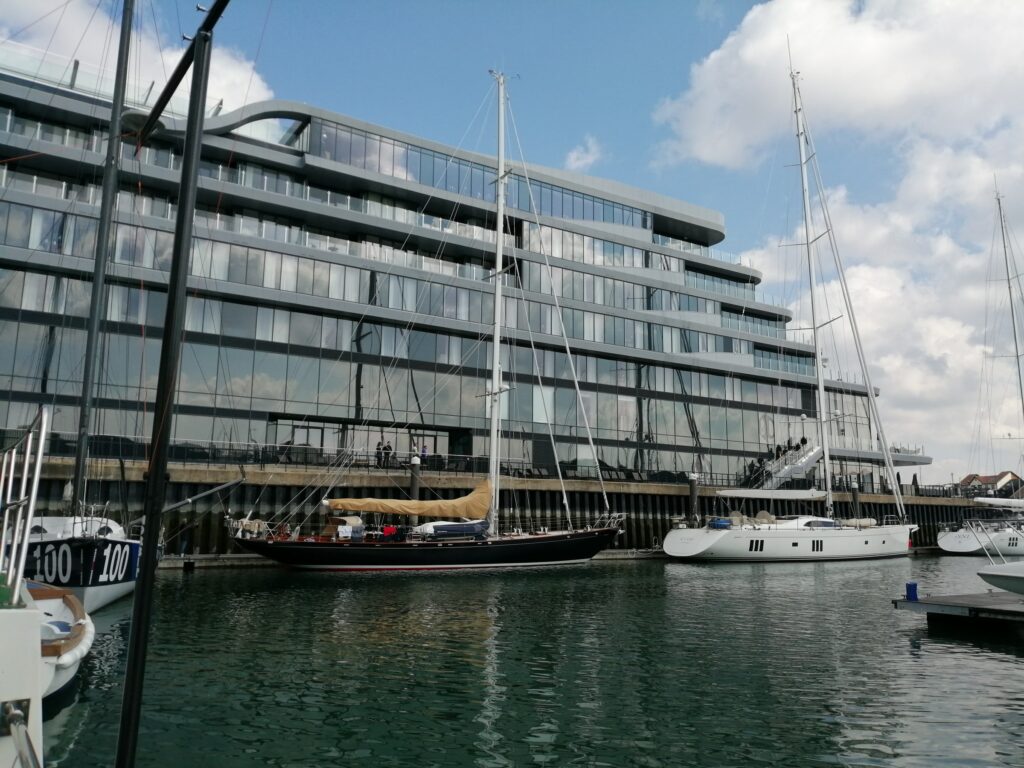
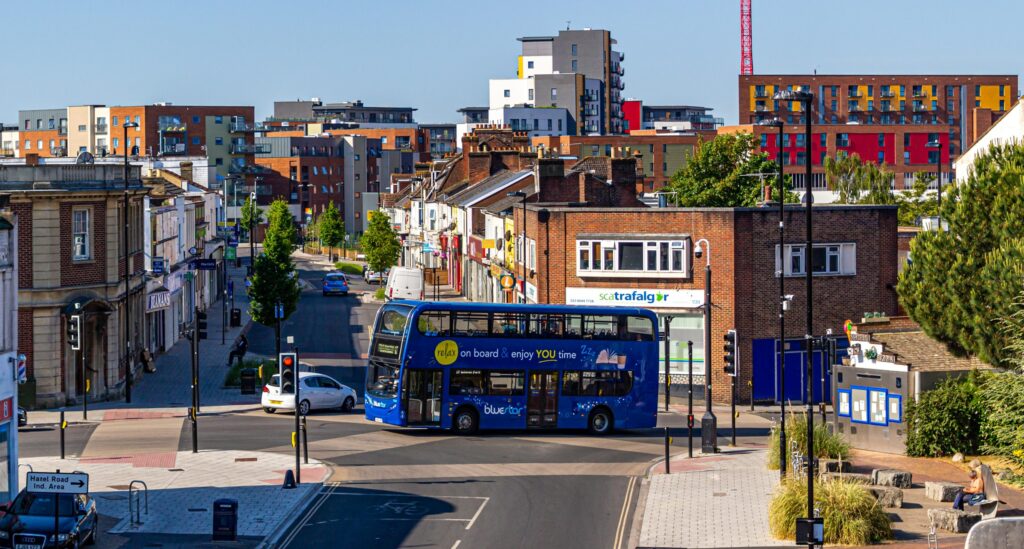
Later, the ruins became a tourist attraction and served as a source of inspiration for poets and artists of the romantic movement. At the beginning of the 20th century, the site came under public control and is now an ancient monument, which is under protection. The huge remains consist of a church, monastery buildings, an abbot’s house, and some remnants of a palace.
National Automobile Museum
A museum that will drive all car lovers crazy. Here you can admire more than 280 cars and trace their history. From F1 racing cars to groundbreaking cars. The famous National Automobile Museum has one of the world’s best collections of cars, motorcycles, and automotive memorabilia, from the first motorized carriages to classic family sedans.
There are also driving simulators to try your hand at. The museum was founded in 1952 by Edward Douglas-Scott-Montague in memory of his father, one of the outstanding British pioneers of the automotive industry. There is also the opportunity to visit the Montague family home of 1538 and their collection of family treasures.
Art Gallery
The Southampton Art Gallery, which opened in 1939, houses one of the best public collections in the UK that can be found outside London: 5,300 internationally recognized high-quality works of art, including paintings, sculptures, drawings, and even photographs and films. It will be a journey that tells about the history of European art from the Renaissance to the present day. The gallery is located next to the SeaCity Museum.
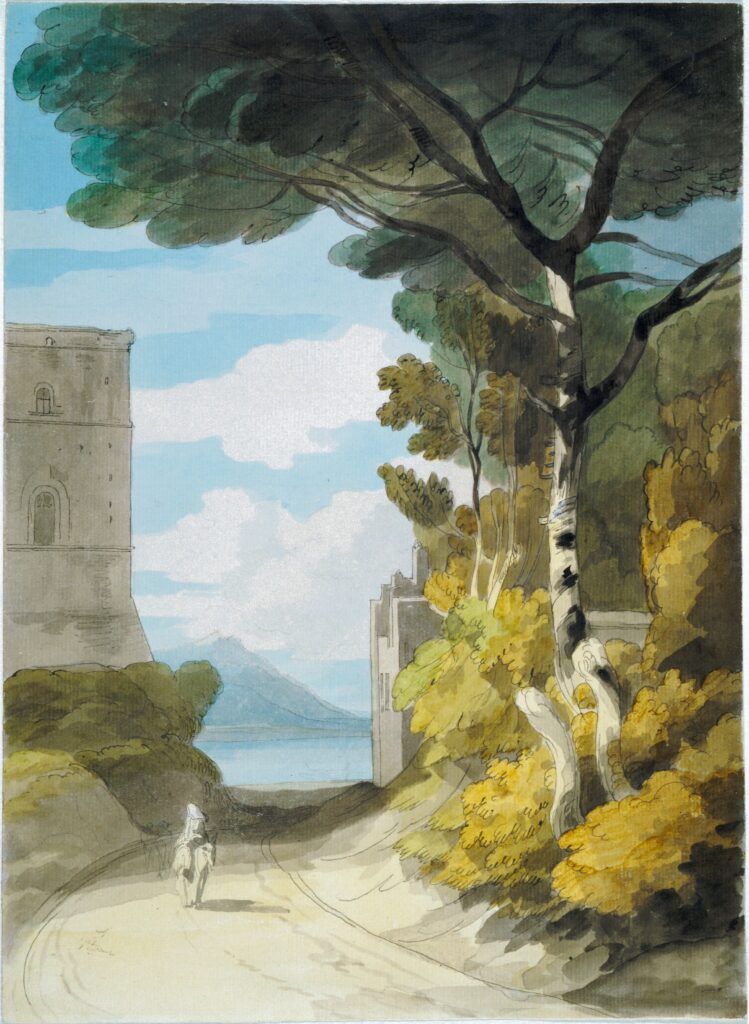
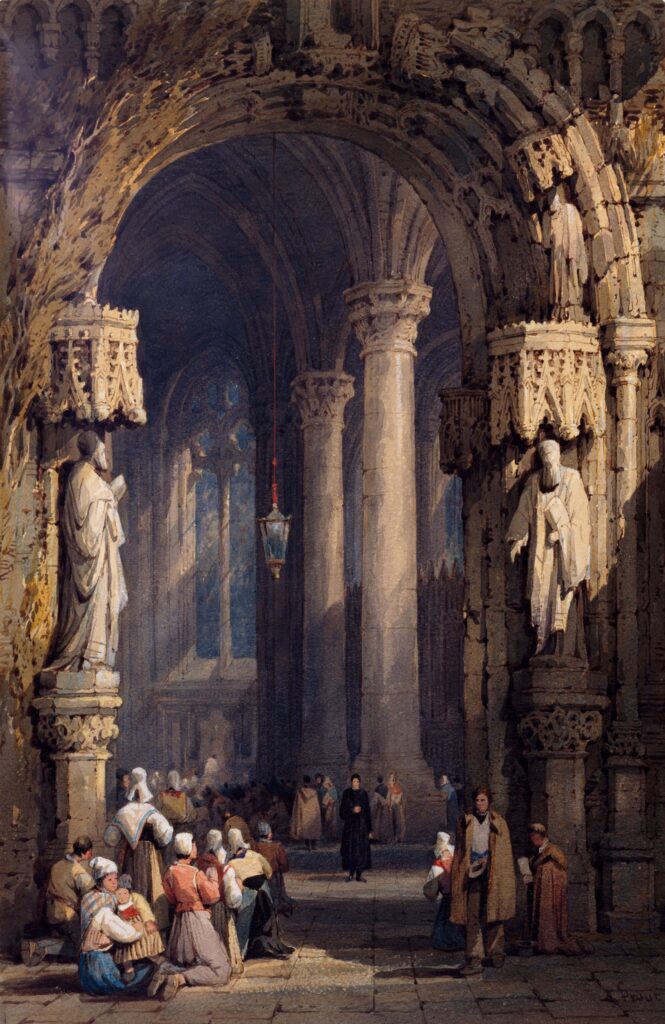
Temporary exhibitions and reviews, which are changing, updated, and constantly evolving, providing new experiences for residents and visitors at every entrance. It varies from national and international works, but the themes are universal and relate to all types of art (sculpture, drawing, painting, cinema, and photography). The flagship of the collection is a space dedicated to British art of the XIX century and modern art. There is also no shortage of privileged routes for families and activities dedicated to children.










